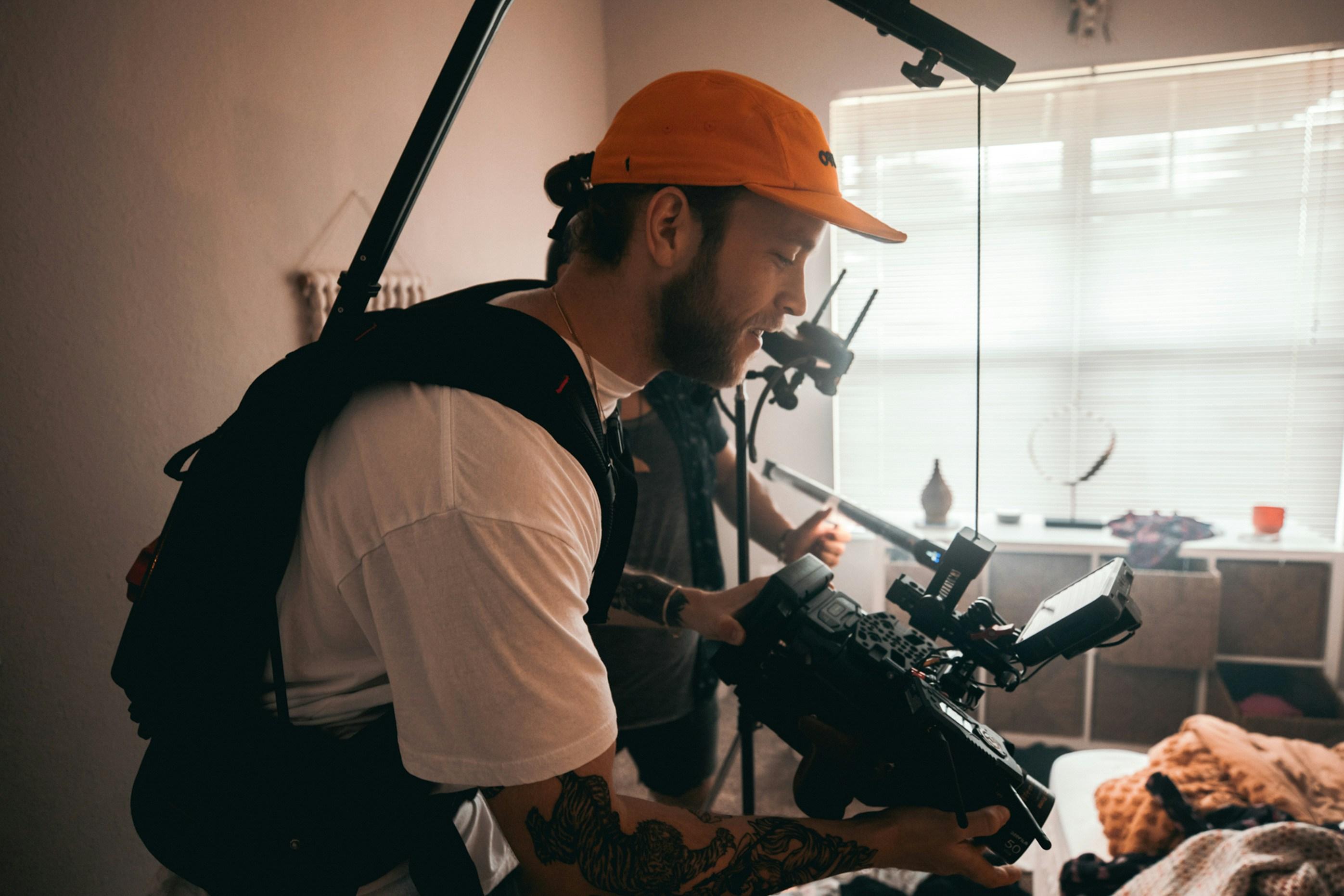In the rapidly evolving landscape of cinema, independent filmmakers are often celebrated for their creativity and innovation. However, beneath this admiration lies a pressing question: are they at a disadvantage due to limited access to advanced production tools? As technology continues to redefine filmmaking, access to cutting-edge equipment and software becomes increasingly crucial. This article delves into the complexities faced by independent filmmakers, examining whether the lack of resources hinders their ability to compete with larger studios. By analyzing industry trends, technological advancements, and creative solutions, we aim to uncover the true impact of these limitations on the art and business of independent filmmaking.
Challenges Faced by Independent Filmmakers in Accessing Advanced Production Tools
Independent filmmakers often grapple with several hurdles when it comes to utilizing advanced production tools, which can significantly impact their creative output. One of the primary obstacles is the financial barrier. High-end cameras, editing software, and special effects tools often come with hefty price tags, putting them out of reach for many. Unlike major studios with substantial budgets, indie creators must rely on limited funds, which often means compromising on quality or innovation.
- Access to Equipment: Renting or purchasing state-of-the-art gear can be prohibitively expensive.
- Technical Expertise: Advanced tools require specialized skills, and hiring experts can strain already tight budgets.
- Software Licensing: The cost of licenses for professional-grade editing and effects software can be overwhelming.
Additionally, the lack of networking opportunities further complicates access. Many independent filmmakers are outside the circles where these tools are more readily available, such as large production companies or well-funded projects. This isolation can limit their exposure to cutting-edge technologies and techniques, creating a gap that can be difficult to bridge without substantial support or collaboration.

Technological Barriers and Their Impact on Creative Output
Independent filmmakers often find themselves navigating a landscape where technological barriers can significantly affect their creative output. High-quality cameras, sophisticated editing software, and cutting-edge special effects tools are often beyond the reach of smaller budgets. This disparity can lead to a creative bottleneck, where filmmakers are forced to compromise on their vision or rely on less advanced equipment, which may not fully capture the essence of their storytelling. The consequence is a potential gap in production quality compared to larger studios, which can impact the reception and distribution of their work.
- Limited Access: Many independent filmmakers lack the resources to access the latest technology, which can hinder their ability to compete.
- Quality vs. Budget: The need to balance budget constraints with the desire for high production quality often leads to difficult creative decisions.
- Creative Constraints: Without advanced tools, filmmakers might struggle to realize complex scenes, limiting narrative possibilities.
Despite these challenges, innovation often thrives in constrained environments. Resourcefulness and creativity become vital assets, leading filmmakers to develop unique styles and storytelling methods that might otherwise remain unexplored. This resilience underscores the indomitable spirit of independent cinema, where vision and creativity can transcend technological limitations.

Innovative Solutions for Overcoming Equipment Limitations
Independent filmmakers are often faced with the challenge of limited access to advanced production tools, yet this limitation can spark remarkable creativity. By leveraging innovative solutions, filmmakers can overcome these constraints and produce high-quality content. Here are some strategies that have proven effective:
- DIY Equipment: Crafting homemade rigs and lighting setups can mimic professional-grade tools at a fraction of the cost. Filmmakers can utilize materials like PVC pipes or repurposed household items to create versatile gear.
- Software Alternatives: Open-source and budget-friendly software offer powerful editing and special effects capabilities. Programs like DaVinci Resolve or Blender provide features that rival expensive industry-standard options.
- Collaboration and Networking: Partnering with local filmmakers and tech enthusiasts can open access to shared resources and expertise. Building a community fosters resource pooling, reducing individual costs.
- Mobile Filmmaking: Modern smartphones equipped with high-resolution cameras and editing apps can produce stunning visuals. Accessories like gimbals and external microphones enhance production quality without hefty investments.
By embracing these strategies, independent filmmakers can transcend the limitations of traditional equipment, allowing their creativity to flourish and compete with larger studios.

Strategic Partnerships and Resource Sharing for Independent Filmmakers
For independent filmmakers, forming strategic partnerships and engaging in resource sharing can be pivotal in overcoming the barriers posed by limited access to advanced production tools. By collaborating with other creatives, filmmakers can pool resources, exchange skills, and share equipment, which can significantly reduce production costs and enhance the quality of their projects. These alliances not only offer access to technology that might otherwise be out of reach but also foster a collaborative environment where innovation thrives.
- Collaborative Networks: Joining forces with other filmmakers and industry professionals can lead to mutually beneficial arrangements. Access to shared equipment, such as cameras and editing software, becomes more feasible.
- Educational Institutions: Partnering with universities and film schools can provide access to cutting-edge facilities and eager students ready to contribute fresh perspectives and technical support.
- Industry Associations: Engaging with film organizations can open doors to funding opportunities, workshops, and networking events, broadening the scope of available resources.
By leveraging these partnerships, independent filmmakers can effectively navigate the challenges of limited resources, ensuring their creative visions are realized without compromising on quality.

